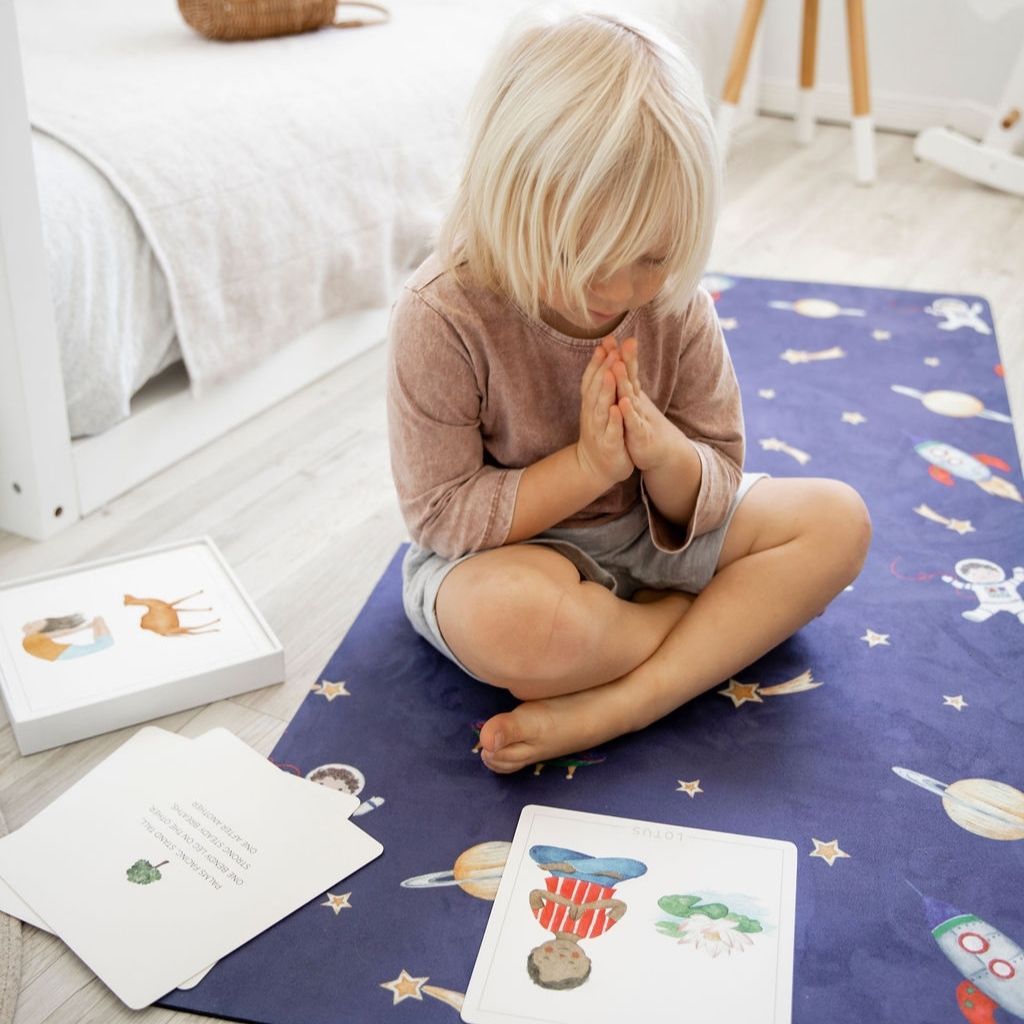In the ever-changing world of child development, embracing neurodiversity is essential. Children suffering from conditions like ADHD and autism need an environment that is supportive to let develop. That’s where the synergy between ADHD support Autism sensory play, sensory integration toys, as well as mindful toys for kids comes into play. In integrating these components into their daily routines, teachers and caregivers can design enriching and stimulating experiences that encourage holistic growth. For more information, click Mindful toys for kids

ADHD Help for children with ADHD by focusing on confidence
Children with ADHD are often unable to concentrate and controlling their impulses. In order to provide efficient support, it is essential to use strategies that engage the child’s mind while keeping in mind their own uniqueness. Mindful toys for kids that encourage mindfulness and calmness, can aid in this process. These toys offer the tactile sensation to calm tension and help children learn to redirect their focus. The practice of mindfulness can help manage ADHD symptoms and teach youngsters valuable life skills such as emotional regulation, stress reduction, and management of stress.
Autism Sensory Play: Nurturing Expression and Exploration
Sensory activities can be energizing as well as difficult for children with autism. Autism sensory play is all about creating an environment that stimulates the senses and aid in the development of key skills. Sensory integration toys play a major part in this process. They are made to use multiple senses simultaneously to encourage sensory exploration along with coordination and cognitive growth. Children are able to communicate better and be aware of their surroundings by engaging in the senses of touch, sound and visual involvement. Through encouraging autism-related sensory play among children, caregivers can assist them to speak out, develop confidence in themselves, and be more connected to the world around them.
Sensory integration toys- building bridges to support the development of children
Sensory integration tools act as a bridge connecting children with the world. These toys are available in various textures, sizes and shapes, which target various sensory and motor abilities. These toys help children adjust and discover the sensory input. They also aid in the development of sensors and processing abilities. The three major benefits of sensory toys are:
1. Enhanced Sensory Perception: Sensory integration toys expose children to a variety of sound, tactile, and visual clues. The experience helps the brain better process sensory data and improves their responses to the stimuli.
2. To manipulate many sensory toys, it is necessary to be proficient in fine motor coordination as well as hand-eye coordination. By playing with these toys children will improve their motor skills and control. This results in better physical control and confidence.
3. Multisensory toys stimulate different brain regions at once. This stimulation can aid in cognitive growth, by encouraging neural connections among different pathways. It also improves problem-solving ability and creative thinking.
Mindful toys for kids to help develop calmness and focus
Mindfulness is becoming increasingly sought-after because of its positive effects on mental well-being. Toys that promote mindfulness in children are made to aid them in staying aware and focused. These toys are often filled with tasks that require focus on the details, such as coloring pages, puzzles or guided relaxation exercises. These games help children concentrate their attention and focus on their task and are beneficial for them both academically as well as socially.
It is crucial to highlight the comprehensive approach built by the interaction of autism sensory toys and mindful toys for children and ADHD support. These components aren’t solitary however, they work in conjunction to form a strategy that addresses the needs of children with neurodiversity. By infusing sensory play and mindful activities into daily routines, caregivers create a space that meets emotional, cognitive, and sensory needs simultaneously.
The process of helping children with ADHD and Autism requires embracing the unique strengths and challenges of each child. By integrating sensory play and sensory integration toys and mindfulness methods, educators and caregivers can create a calming environment that fosters growth on many levels. If it’s encouraging self-expression, improving the ability to process sensory information, or increasing awareness, all of these are essential to a holistic approach to child growth. Making the most of these strategies will open the pathway to a better life for every child, no matter their neurodiversity.